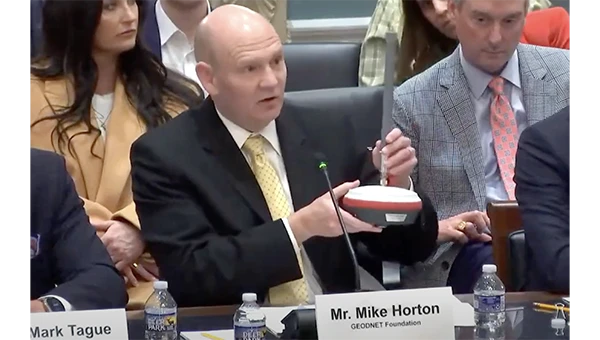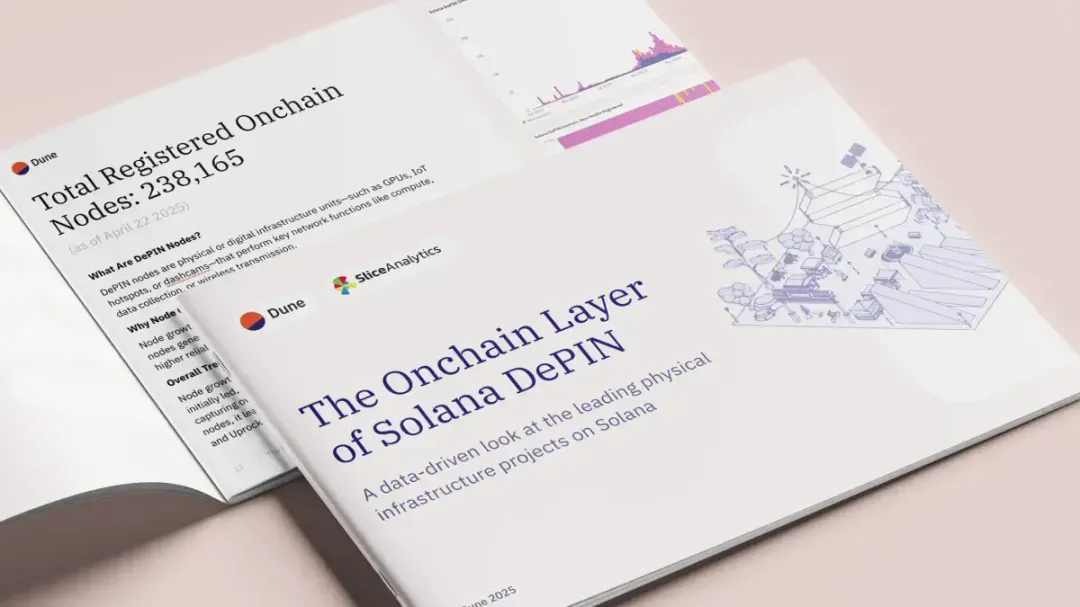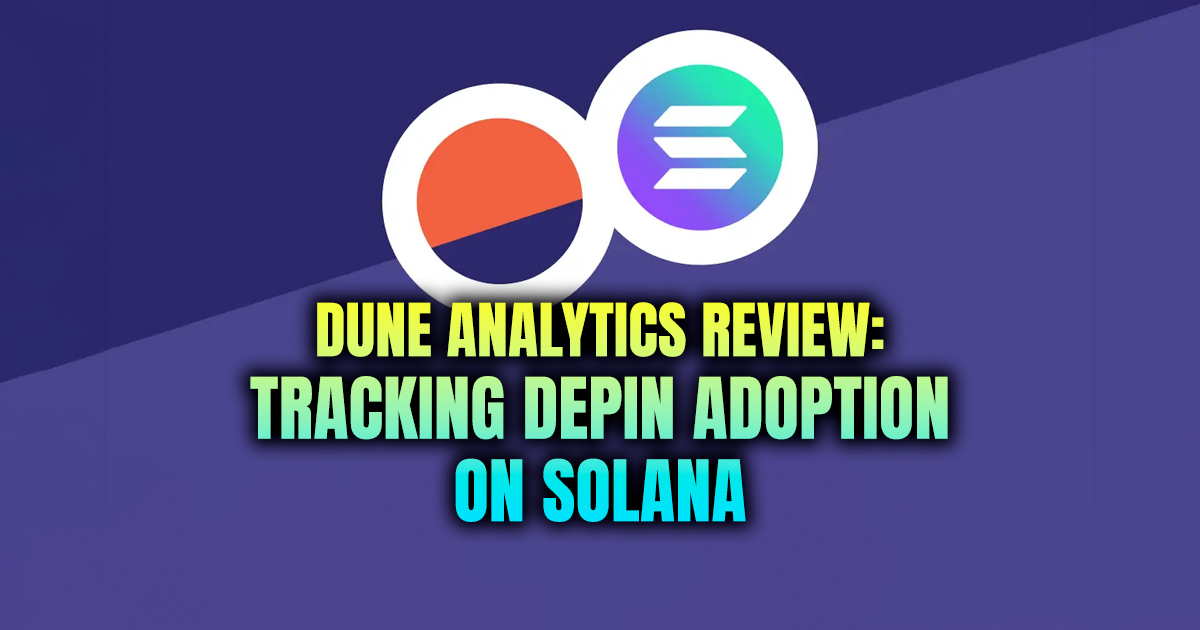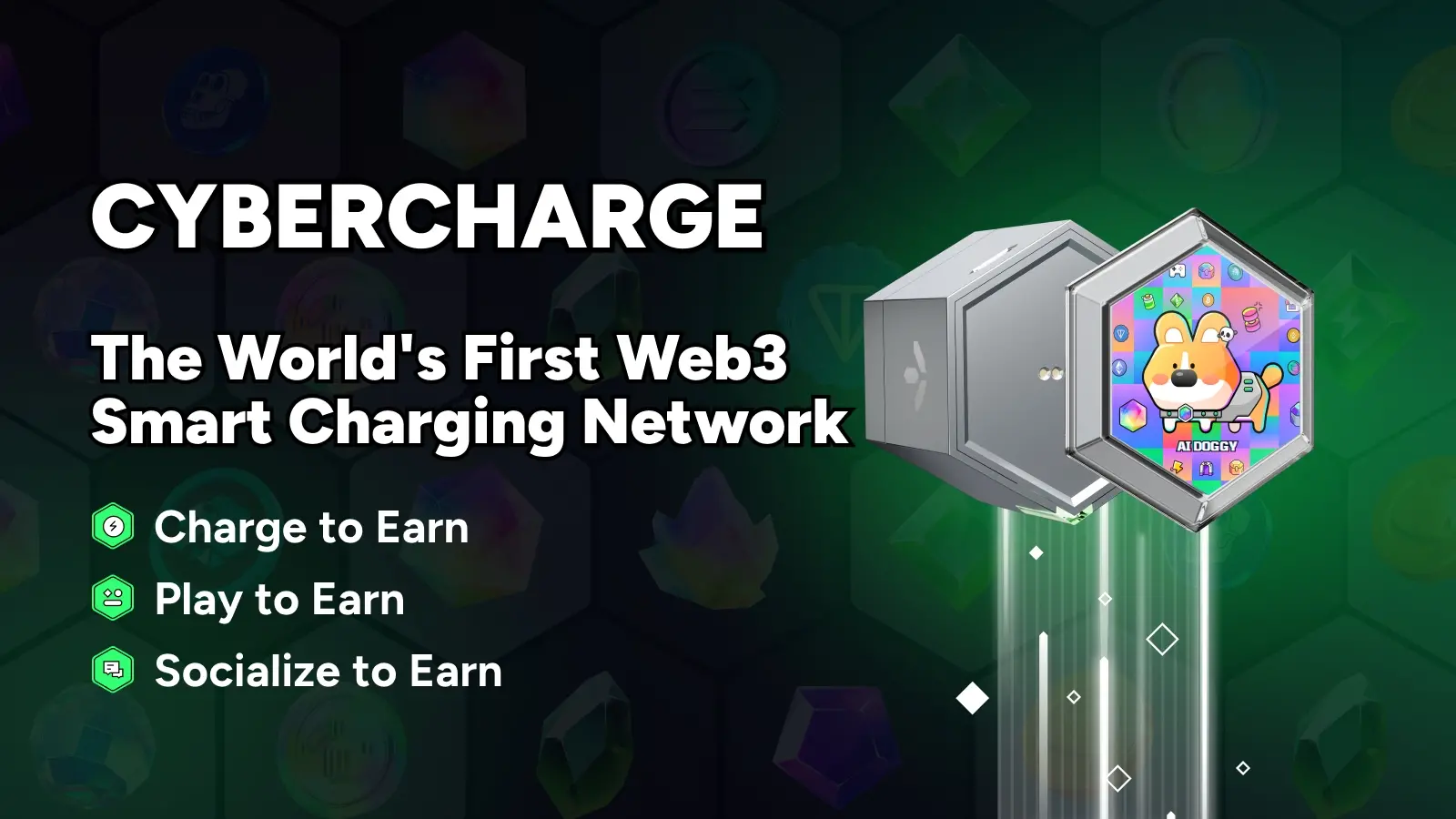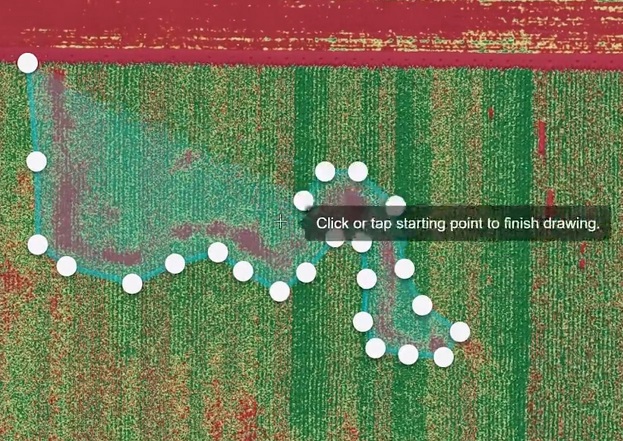Chia Releases Version 2.4.0 with Soft Fork and New Features

Chia has released version 2.4.0 of its reference client, which includes a soft fork and several new features to enhance performance and security. Key updates include the full implementation of the new wallet sync protocol introduced in version 2.3.0, enabling real-time updates for relevant transactions in the mempool. Additionally, observer wallets have been introduced, allowing users to view their wallet’s history and balance without storing private keys locally, thus improving privacy and security. The block fill rate has also been increased to 70%, with plans to raise it to 100% by the end of 2024, aiming to achieve a network speed of around 40 transactions per second (TPS). The release also includes a soft fork to align the BLS implementation with industry standards, which will activate at block 5,940,000, expected in September 2024. Users are advised to upgrade to version 2.4.0 or later before this block. Lastly, support for macOS 11 (Big Sur) will be discontinued in the next release, as Apple ended support for this version in September 2023.
Related News
